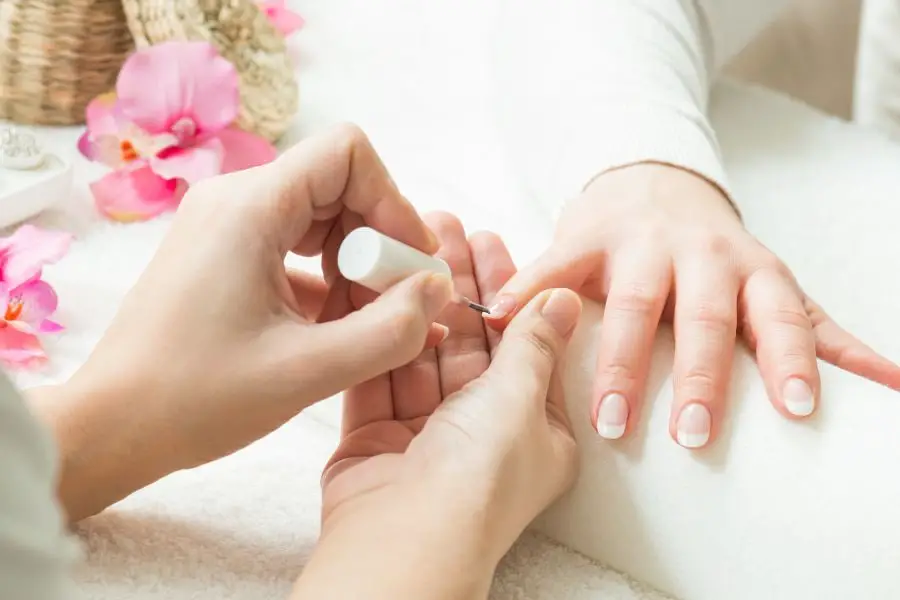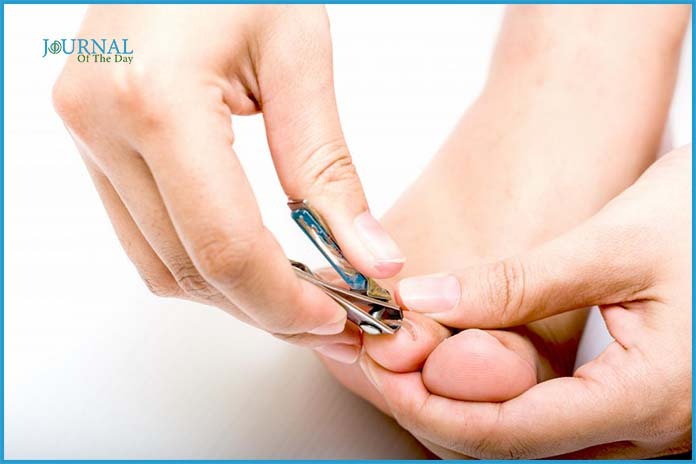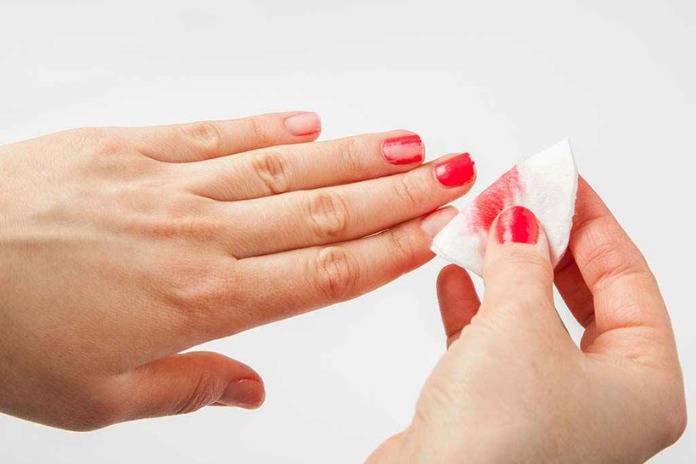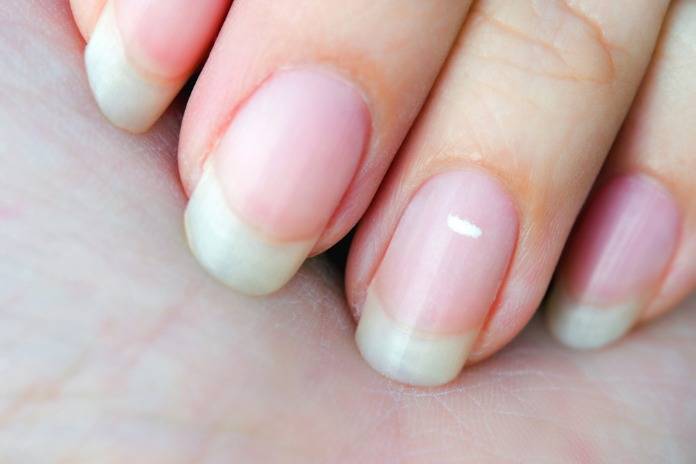primer for acrylic nails


Step onto the stage: Nail primers and base coats! Surprisingly, these two products are the secret weapons for a flawless manicure and its enduring beauty. However, it can be a bit tricky to figure out the correct use of each product and when they should be avoided. Let’s dive deeper and explore how these essentials can help you achieve those long-lasting, sparkling nails of your dreams . Primer for acrylic nails.


WHAT’S THE REAL DIFFERENCE?
Ever wondered about the distinction between a nail primer and a base coat? Is one meant for acrylics and the other for gel nails? It’s not quite that simple. There’s more to it than just their application types.
THE ROLE OF NAIL PRIMER:
Nail primer, the often overlooked hero, is crucial for those who favor acrylic nails. Primers enhance the adherence of acrylics to your nails, making them a must-have for acrylic lovers.
From a scientific angle, nail primers (whether acid-based or acid-free) prepare the nail surface for acrylic application. They contain potent chemicals essential for preventing chipping and peeling. It’s important to note that primers and borders are not the same; each serves a unique purpose in enhancing nail adhesion and should not be used interchangeably—so follow the guidelines closely!
Acid and acid-free primers are made up of molecules with two ends: hydrophobic and hydrophilic. The hydrophobic end wards off the water, while the hydrophilic end attracts it, ensuring that your acrylic nails remain strong, vibrant, and undamaged for longer. This intricate interaction is key to keeping your nails looking freshly done for weeks, making primers an indispensable part of your nail care routine!


UNDERSTANDING BASE COATS:
Base coats are essential for maintaining the beauty of regular nail polish and gel manicures, as well as preventing your nails from yellowing. They provide a smooth foundation for the nail polish or gel, improving adherence.
Base coats are formulated with plasticizers for flexibility and cellulose to keep them from falling off. These plasticizers enable the nail polish to bend with your movements, extending the life of your manicure.
And here’s the best part: Base coats protect your nails by forming a barrier between your natural nails and the harsh chemicals in nail polishes and gels. Many base coats are enriched with vitamins, proteins, and calcium to nourish your nails.
For optimal results, apply two layers of base coat to make your nails thicker and more durable. Engaging in a DIY project at home 🔨? Your manicured nails are ready to withstand the challenge. Simply buff the nails, apply the base coat to the nail plate, and then go ahead with your nail polish or gel.
Caution 🛑: Remember, do not use a base coat with acrylic nails! Acrylics require a primer, not a base coat, for their application.
PRIMER VS. BASE COAT: ESSENTIAL NAIL CARE FOR BEGINNERS
Having introduced these crucial products, you might still be curious about when and how to use them. Whether you’re a fan of acrylic or gel nails, applying either a primer or a base coat is essential for achieving top-notch results.
UNDERSTANDING NAIL PRIMER COMPOSITION
While it’s easy to think of nail primers as just one type of product, there are actually several varieties you should know about. Let’s delve into the differences and determine which type is right for you. Time to don our lab coats once again and explore the chemistry !


ACID PRIMERS
Known for their aggressive chemical composition, acid primers can be quite harsh on the skin, more so than their non-acid counterparts. They’re particularly effective for challenging nail plates that are oily or otherwise difficult to work with. These primers prepare the nails for superior adhesion by creating microscopic perforations in the natural nail plate, enhancing the bond between the acrylic and the nail.
Despite sounding slightly menacing, the mechanism of acid primers is quite sophisticated: they have bifunctional molecules where one end forms a temporary hydrogen bond with the natural nail, and the other end creates a covalent bond with the nail enhancement.
However, caution is advised with acidic primers. Overuse can lead to damage and thinning of the nail plate. They dry to a chalky finish and can strip away natural oils, potentially compromising nail health. A small sacrifice for beauty!
MILD-ACID PRIMER
A gentler option, the mild-acid primer contains less aggressive acids compared to full-strength acid primers and establishes numerous temporary hydrogen bonds that enhance adhesion between the nail enhancement and the natural nail. If you’re seeking a more nail-friendly option, the mild-acid primer might be your match.
Despite sometimes being mislabeled as non-acid primers, they do contain acids but are significantly kinder to your nails than their stronger counterparts. It’s important to note that both types of acid primers may cause yellowing of the nail enhancement and can lead to dryness and brittleness of the nails.


ACID-FREE PRIMER
Our top choice is the acid-free nail primer, which is exactly what our product is. Acting like double-sided tape, this primer bonds to both the natural nail and the acrylic overlay. Picture the acid-free primer as a gentle guardian of your nails—it won’t betray your trust ❤️🩹.
But don’t underestimate its power! When applied, an acid-free primer alters the nail’s pH, making it more alkaline and optimal for acrylic adherence. The primer stays tacky until the acrylic is applied, ensuring a strong bond. Plus, it’s non-corrosive and won’t cause your nail enhancements to yellow.
It’s easy to see why acid-free primers are so popular. The best choice depends on your specific needs, but the options are plentiful.
DO YOU APPLY A BASE COAT AFTER PRIMER?
Actually, no. Base coats are intended for use with traditional polish and gel nails, not typically with primers, which are essential for both gel and acrylic nails. Primers provide a crucial foundation for the powder and liquid mixture of acrylic nails, ensuring everything stays in place—much better than that clingy ex of yours 🤦♀️.
Here’s how acrylic nails are usually done:
- They are shaped using a VUnit E-file and a traditional nail file.
- A base coat, nail polish or gel color, and top coat are applied.
- The nails are then cured under UV light or dried with a fan.
Acrylic nails prepared in this manner are highly durable, resisting breaks, chips, or cracks.
In summary, use a primer to secure a long-lasting, robust manicure for acrylic applications. For gel nails or regular polish, a quality base coat is your go-to.
AMPLIFY YOUR NAIL GAME WITH PRIMER AND BASE COAT
Now that you’re equipped to enhance your nail care routine with a primer and/or base coat, explore VBP’s offerings for the highest quality in nail care products. We have everything you need, from exquisite acrylics to essential primers, and more, to create the trendiest nail sets for your clients—or just for yourself—with VBP.








